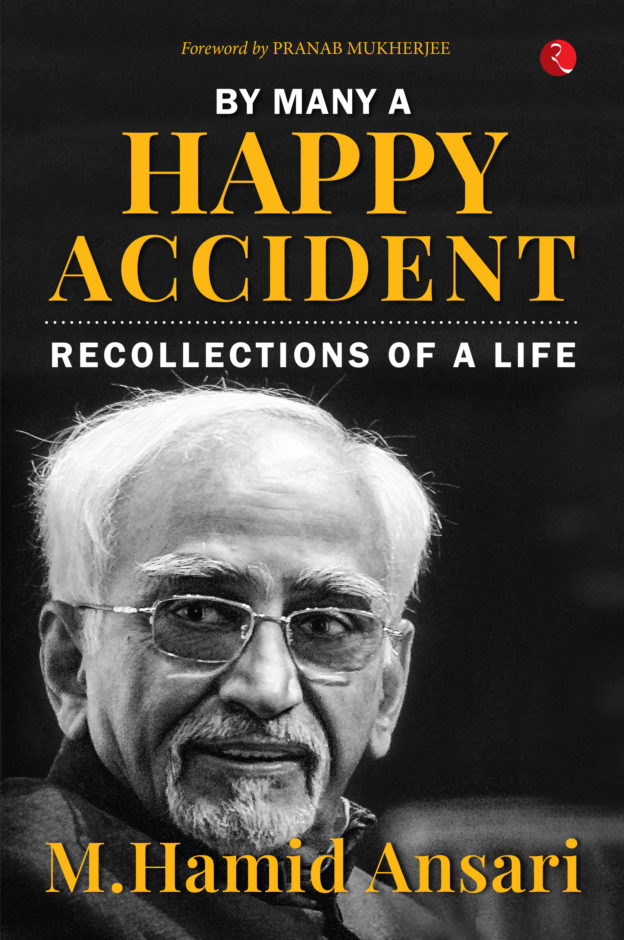Political Geography and the Region in Indian History: Daksina Kosala and Vidarbha, c. 400-1300 CE
Availability :
In Stock
₹ 1,212.20
M.R.P.:₹ 1595
You
Save: ₹382.80 (24.00% OFF)
(Inclusive
of all taxes)
Delivery:
₹ 100.00 Delivery charge
Author:
Kundan Kumar
Publisher:
Manohar Publishers
ISBN-13:
9788119139057
Publishing Year:
May 2024
No. of Pages:
262
Weight:
650 g
Language:
English
Book Binding:
Hardcover











